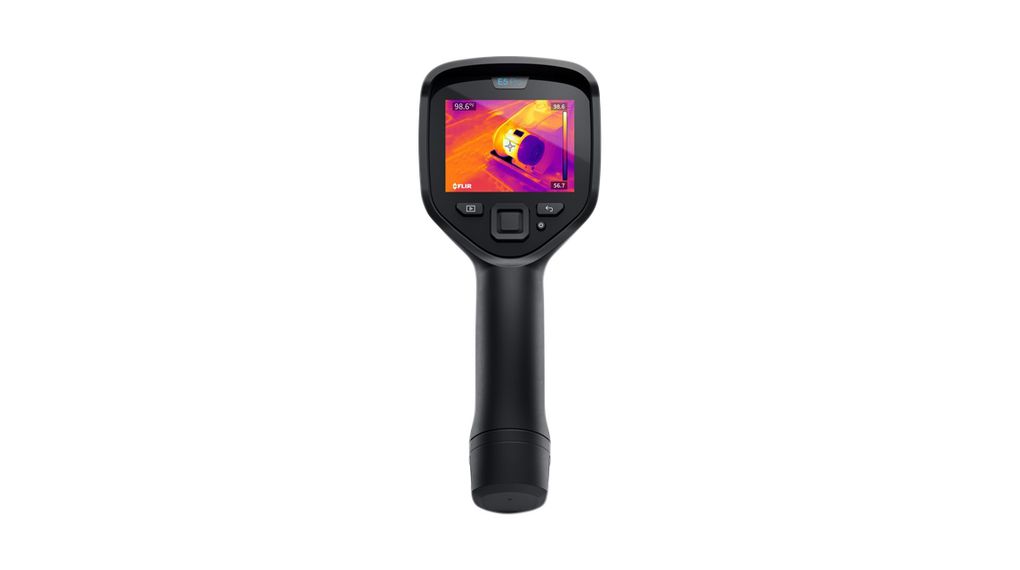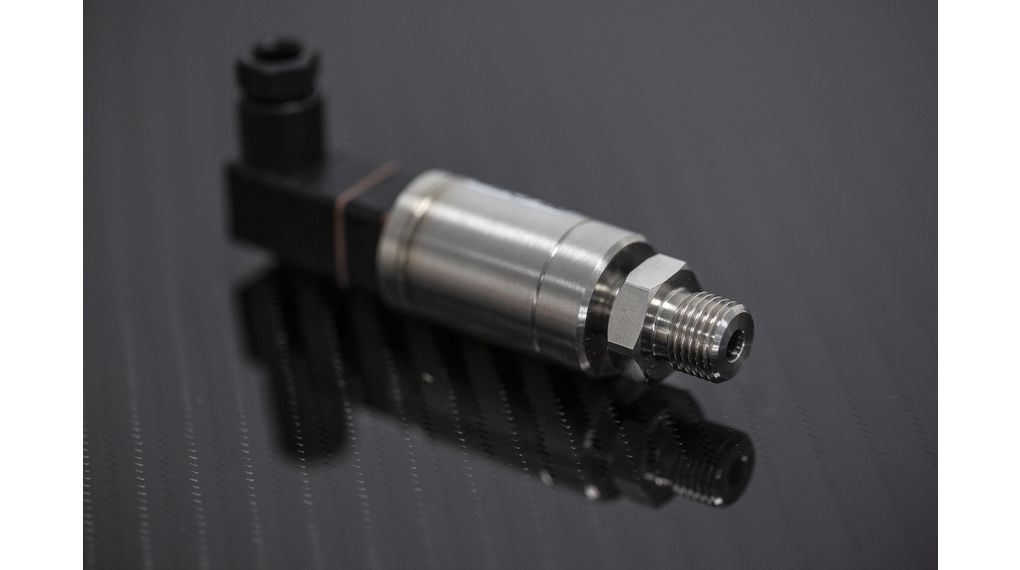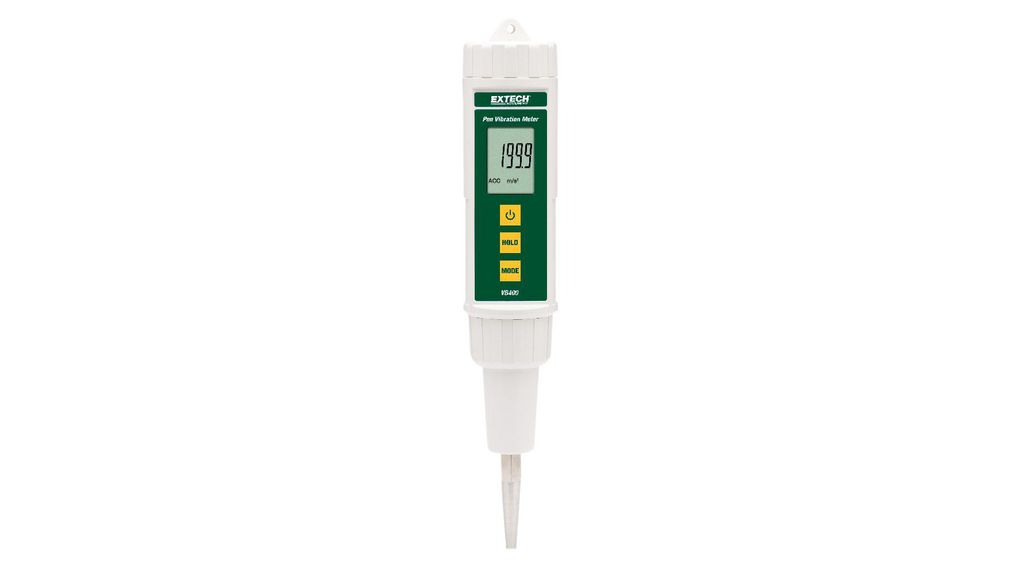In times of machinery shutdown or equipment breakdown it might be difficult to determine the root cause of the problem. What’s more, it might be too late to do anything about it. With the proper usage of predictive maintenance (PdM), it is possible to predict when a machine or equipment will need maintenance, allowing for planned maintenance and avoiding costly downtime. Here is a comprehensive guide on how to implement predictive maintenance into your facility management.
The Power of Predictive Maintenance

You have probably found yourself in a situation where you were dealing with a broken machine that required maintenance and you had no idea why it broke down. It can be frustrating to have to deal with unexpected downtime.
From conventional reactive or scheduled maintenance procedures, predictive maintenance offers a paradigm change. PdM reduces costs and maximises asset lifespan by facilitating timely and accurate equipment servicing by utilising real-time data from sensors and previous records. PdM ‘foresees’ problems and schedules maintenance activities appropriately by evaluating historical data, real-time sensor data, and machine learning algorithms. This minimises unplanned downtime and lowers the overall costs related to maintenance and equipment failure.
Key components of predictive maintenance include:
- Data collection – gathering information to track the functioning of equipment from sensors, past maintenance logs, and other sources.
- Data analysis – finding patterns and anomalies that can point to possible failures by using statistical analysis, machine learning algorithms, and other methods.
- Condition monitoring – real-time monitoring of equipment performance and condition to identify any changes that might point to future problems.
- Predictive models – creating models to forecast when maintenance should be done in order to avoid failures based on past data and present circumstances.
- Actionable insights – supplying maintenance staff with practical suggestions, such as arranging maintenance during scheduled downtime or swapping out components before they break.
What Unplanned Downtime Can Cost Your Company
According to Siemens’ report, ‘The True Costs of Downtime 2022’, unplanned downtime is becoming increasingly expensive. A manufacturer’s costs for an hour of unscheduled downtime have increased by at least 50% in all sectors studied in the last two years. Whereas, as per Uptime Institute Global Data Center Survey 2023, over half (55%) of operators report that during the previous three years, there was an outage at their location.
“In the environment of Industry 4.0, maintenance should do much more than merely preventing downtimes of individual assets. Predicting failures via advanced analytics can increase equipment uptime by up to 20%.”
Predictive Maintenance, Position Paper – Deloitte Analytics Institute
This means that, according to the above reports, various organisations face an array of losses. They range from financial loss to losses in productivity. Hence, to avoid such losses, it is necessary for organisations to have a reliable predictive maintenance strategy. As per Deloitte Analytics, predictive maintenance, on average, cuts maintenance costs by 25%, eliminates breakdowns by 70%, and boosts productivity by 25%. It represents a new approach to planning and carrying out maintenance on an industrial scale and is predicated on advanced analytics.
Benefits of Predictive Maintenance

Predictive maintenance is highly beneficial to a wide range of industries. With PdM, firms may anticipate probable equipment breakdowns before they occur by utilising modern analytics and machine learning algorithms. This preventive strategy minimises interruptions to operations and output by cutting down on unscheduled downtime and optimising maintenance schedules. With accurate targeting of maintenance activities where and when they are most needed, cost savings are achieved through smart resource allocation.
Predictive maintenance offers several benefits to organisations across various industries:
- Reduced equipment downtime
- Longer lifespan of machine/ equipment
- Budget control and lower maintenance costs
- Improved equipment efficiency
- Enhanced safety
- Improved productivity
- Customer satisfaction
- Data-driven insights
Predictive Maintenance Products and Technologies
Predictive maintenance relies on different products and technologies to be successful. For instance, sensors are a key component of predictive maintenance since they allow for performance monitoring of individual assets. When sensor data fluctuates above expected ranges, you will be notified to take care of the asset and take appropriate action before failure happens.
With the use of the below products, implementing predictive maintenance practices might be easier:
Thermal Imaging
Thermal imaging helps in early detection of problems, allowing for timely maintenance and preventing costly breakdowns. It involves using infrared cameras to detect and visualise thermal patterns emitted by equipment and machinery. By analysing these thermal patterns, maintenance professionals can identify overheating components, loose connections, and other issues that may indicate potential failures or inefficiencies. It is particularly useful in electrical systems, mechanical equipment, and building infrastructure where temperature variations can signal underlying issues.
Recommended products
Thermal Imager, FLIR

Thermal Imager, Fluke

Condition monitoring sensors
Predictive maintenance relies heavily on condition monitoring sensors. Real-time data on important characteristics including vibration, temperature, pressure, and fluid analysis is captured by these sensors. Through constant observation of these parameters, they identify deviations from standard operating circumstances that may point to possible equipment problems. For instance, temperature sensors can identify overheating, and vibration sensors can discover imbalances or misalignment in rotating gear, both of which can result in early intervention and preventive maintenance.
Recommended products
Pressure Sensor, RS PRO

Ultrasonic acoustic monitoring
Sensors are used in ultrasonic acoustic monitoring to identify high-frequency noises produced by moving parts rubbing against one another in bearings. These noises, which are frequently inaudible to the human ear, are signs of wear or inadequate lubrication. These signals are transformed by sensors into auditory or visual alerts, which allow maintenance teams to recognise possible problems and take action before they become more serious.
Oil analysis
By spotting any problems before they lead to equipment failure, oil analysis provides vital information about the health of engines. In order to detect leaks or wear on the equipment, this procedure looks for metal particles, water, and pollutants in the oil. Early detection of these components enables prompt repair, increasing the overall dependability and lifespan of the machinery.
Vibration analysis
Vibration analysis involves tracking and evaluating vibrations from machinery and other equipment. It assists in identifying abnormalities including wear, imbalance, misalignment, and mechanical problems, enabling early detection of possible problems before they result in equipment failure. By extending the lifespan of the equipment and enabling timely maintenance, this proactive strategy reduces downtime and boosts operational effectiveness.
Recommended products
Vibration Meter, Extech Instruments

Vibration Meter with Fluke Connect, Fluke

Emissions testing
Predictive maintenance uses emissions testing to measure air pollution levels released by machinery or moving cars. During an inspection, sensors keep an eye on nitrogen oxides, carbon monoxide, hydrocarbons, and dioxide. Investigations into causes such as defective ignition systems, failing oxygen sensors, malfunctioning fuel injection, or broken air injection systems are prompted by the detection of increased pollution levels. In order to prevent equipment breakdowns, proactive steps are made possible by early identification through emissions testing.
Predictive analytics software
With the use of sophisticated algorithms, predictive analytics software analyses data from condition monitoring sensors and historical records, which is crucial for predictive maintenance. It anticipates equipment problems before they happen by spotting patterns and anomalies, which makes proactive maintenance scheduling possible in order to save downtime and maximise resource allocation. For instance, using ABB’s AbilityTM Predictive Maintenance software, you can assess data in real-time, identify irregularities, and predict malfunctions. Through the use of predictive analytics, ABB helps companies reduce maintenance costs, boost production, and reduce downtime.
Steps to Implement Predictive Maintenance

To optimise predictive maintenance’s advantages in equipment management, a number of crucial steps must be taken. There are different approaches to establishing a predictive maintenance strategy, however, it is important to start by analysing historical data and reviewing any instances of downtime and other problems that have occurred in the past.
After that, the first step is installation of industrial sensors. Enabling continuous monitoring of characteristics like vibration, temperature, and pressure is possible by selection of appropriate technologies and installation of sensor networks on key assets. PdM measures rely heavily on early anomaly identification, which is made possible by this data collecting.
It is critical to comprehend the equipment’s initial state. Normal operating parameters are established by engineers in order to quickly detect any deviations that might point to possible problems and enable preventative maintenance actions. Furthermore, it is essential to incorporate predictive maintenance software, such as a computerised maintenance management system (CMMS), in order to optimise resource allocation and operational efficiency through effective scheduling based on data-driven insights.
Conclusion
Manufacturing companies stand to gain a great deal from predictive maintenance adoption since it lowers downtime, boosts output, and results in significant cost savings. Additionally, by advancing energy efficiency, these tactics support international sustainability objectives. Continuous improvements in operational dependability and sustainability standards are anticipated as predictive maintenance advances and are integrated into production processes.
However, it is important to bear in mind that there are many challenges involved when implementing a predictive maintenance strategy. Hence, to find abnormalities, data analytics also need a steady supply of data. Finding issues may be challenging if there are any irregularities in the way the data is collected. Furthermore, when using any equipment be sure to invest some time, energy, and consideration into determining which of the above-mentioned predictive maintenance technologies and products are best for each asset.











